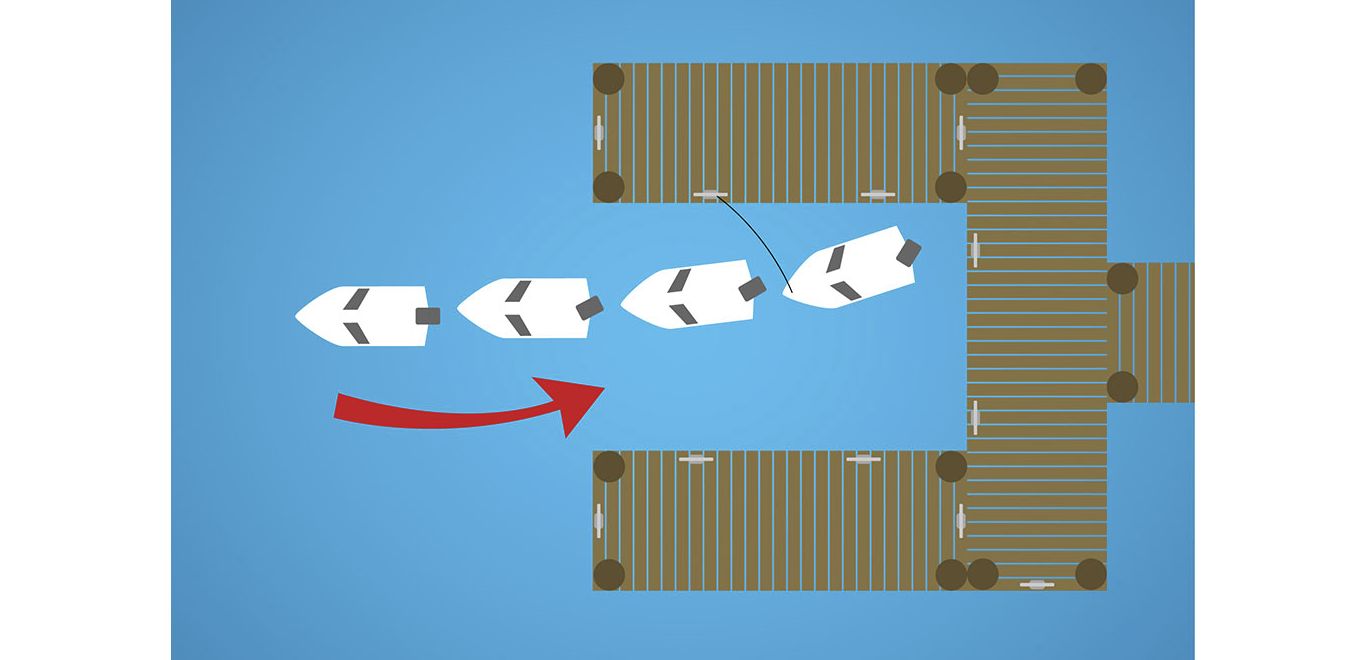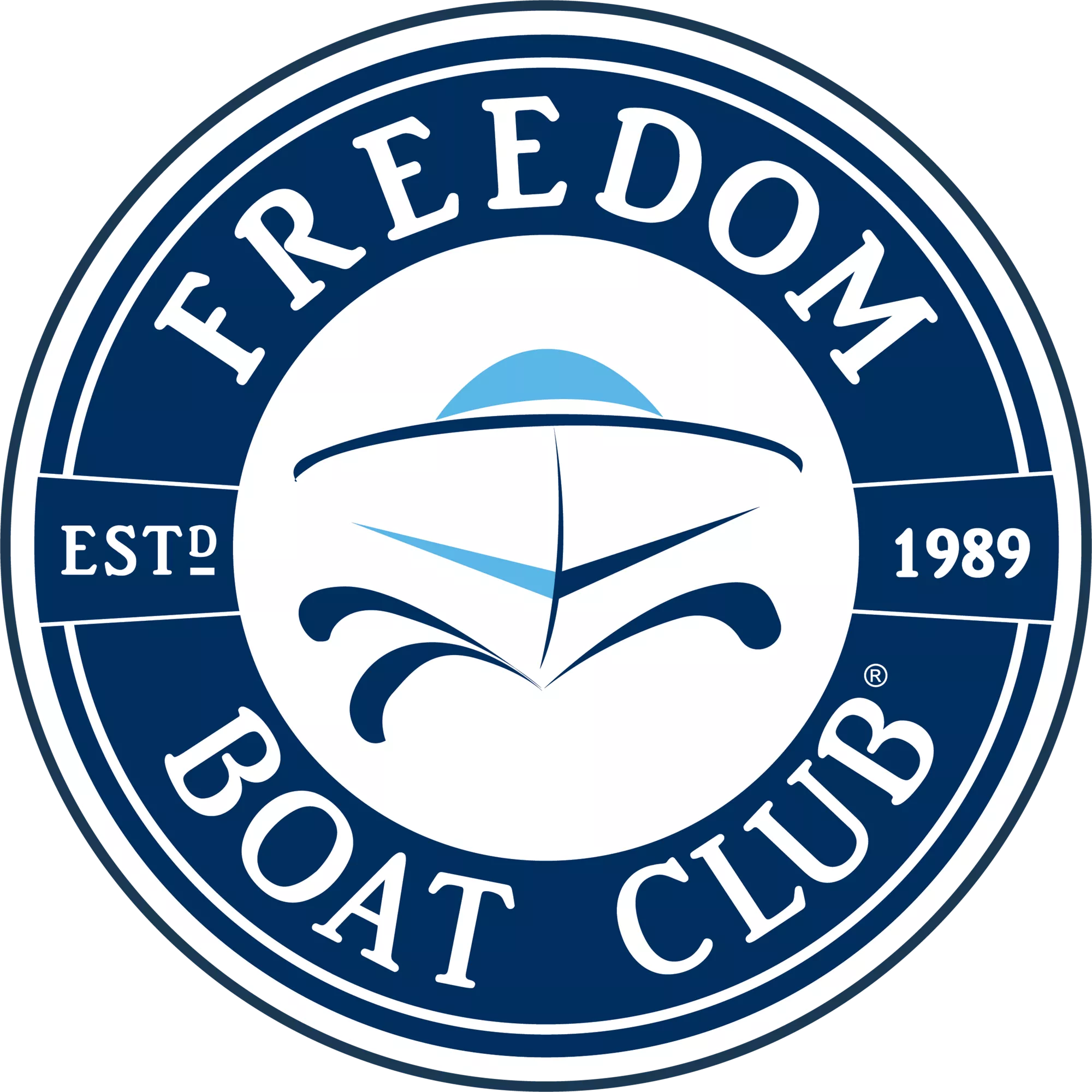
Backing into a slip is a useful skill that all boaters should acquire.
In this article, we will describe the procedure for a single engine outboard small vessel (30 feet and under). The same principles will apply for larger boats, but the specifics will differ.
The procedure can be broken down into five simple steps.
1. Safety first!
Before commencing any close-boat maneuvering, always check your surroundings or other boats and people, and make sure that everyone is safe. Make sure you have your dock lines ready, and perform the entire procedure at slow speed, bumping out of idle into forward or reverse (“ahead dead slow” or “astern dead slow”).
2. Align the vessel and stop the boat
Make sure that you have your alignment in front of the slip. When approaching the slip, stay about one boat length away from the slip, in the middle of the fairway/channel. Before backing in, make sure that your vessel is aligned and has come to a complete stop.
3. Turn the prop in the direction you want to go
Point the prop towards the slip and put the boat into reverse. Your engine will pull your boat in the direction you want to go.
If you bow starts rotating away from the slip, simply put the vessel in neutral and rotate the wheel in the opposite direction from the way the bow is moving. Bump the throttle forward for 2-3 seconds, then continue backing up at slow speed into the slip.
4. Pull the vessel alongside the dock
Continue moving back into the slip, bumping the throttle into reverse slowly.
5. Stop the motion of the vessel
In order to stop your rearward movement, you may have to momentarily bump the throttle forward to get the boat to completely stop.
The order that you give the dock staff your lines is very important. Give them a bow line or midship line first, and a stern line last. Handing the stern line first may prevent your boat from maneuvering properly.
Remember: if you get into trouble, just go forward, realign the boat, and start over!
A Note on Conditions
When backing into a slip, you must take into account the 2 biggest variables: wind and current.
Ideal conditions would be a bright, sunny day with no obstructions, and no wind or currents.
Performing the maneuver under adverse conditions, with the wind or current pushing your vessel, will be a similar process, but with a lot more wheel work and throttle work. You will need to apply more throttle and turn the wheel all the way (“hard over”) to either port or starboard (depending on the direction of the wind or current).
